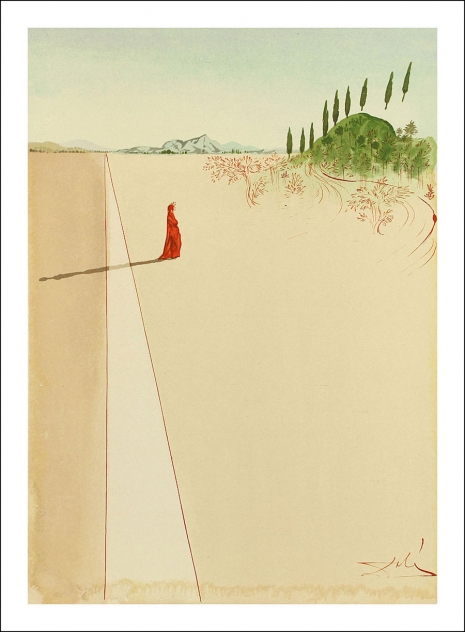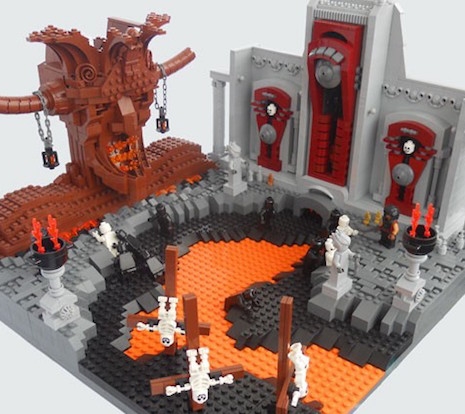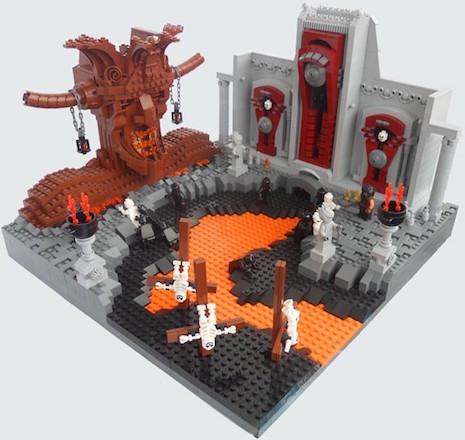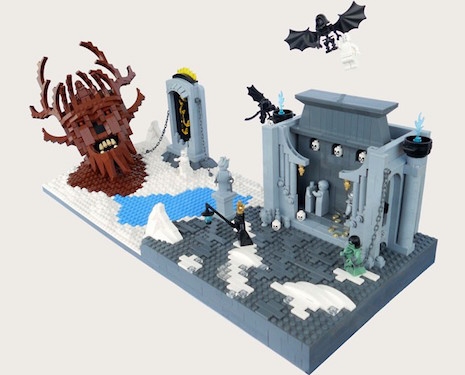
Andreas Ammer is not a famous name in the US, but in Germany he’s long been the object of acclaim. Having been a professor at the University of Munich, journalist, TV and radio producer, playwright and director, he’s probably best known for experimental radio theater, a form he’s been practicing since 1990.
Andreas Ammer, one of the most successful German radio drama artists of the last two decades, works with audio art on the border-line between the ‘classic’ radio drama and other representational forms. His radio plays work with various acoustic features like music, noises and language, and they can always be defined as narrative: they tell stories, yet not merely with words, but by using all their possible acoustic characteristics as storytelling devices. Moreover, Ammer’s audio plays are performed live on stage and in front of an audience, recorded, simultaneously broadcast and later brought out on CD. Since these performances are always produced in cooperation with a radio station, the acoustic art works are still called radio plays. The performances themselves are called audio performances, although of course the audience sees the performance… In the live performance, the bodily present performers add another sensory data layer to the acoustic one.
—from Audionarratology, by Jarmila Mildorf and Till Kinzel
1993 saw the production of two noteworthy pieces of post-punk cultural produce based on Inferno, the first cantica of Dante Alighieri’s Divine Comedy. One was Anton Corbijn’s video for Depeche Mode’s “Walking In My Shoes.” The more interesting one was Ammer’s landmark production Radio Inferno for Bayerischer Rundfunk, with noteworthy contributors like legendary BBC DJ John Peel, guitarist Caspar Brötzman, and singer Yvonne Ducksworth as Beatrice. It also featured two members of that clamorous and pioneering industrial group Einstürzende Neubauten: singer Blixa Bargeld served as the voice of Dante, and percussionist F.M. Einheit scored the production, which accordingly recalls Neubauten theatre scores of the era like Die Hamletmaschine and Faustmusik. Ammer would go on to collaborate fruitfully with Einheit several more times after the latter’s 1995 departure from Neubauten, culminating with 2002’s Crashing Aeroplanes.
The entire production, broken up into 34 cantos just like the actual book, was released on CD in 1994. That’s out of print, but it can be streamed on the marvelous ubuweb site. Or you can just listen to it right here.
Previously on Dangerous Minds:
Salvador Dali goes to Hell: Astounding illustrations for Dante’s ‘Inferno’
Watch Keith Emerson and Dario Argento work on the soundtrack to ‘Inferno’ in 1980



















